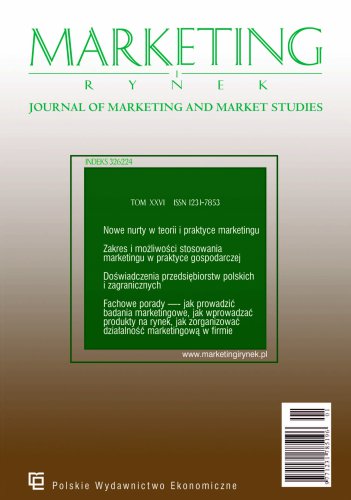The term 'carbon footprint' appears in the surrounding reality more and more often. We encounter it as consumers when making consumer choices and as members of the various communities who are responsible for the environment and the planet. This term also appears in organizations and enterprises, e.g. as an element of marketing and PR strategies or requirements in announced tenders. It is an green marketing tool of increasing importance. During contacts with industry representatives, it was found that many Polish entrepreneurs are confused what are the benefits of calculating the carbon footprint, and how it can be calculated. There is a need for a summary of information that will help to organize the topic from the point of view of an entrepreneur who is not specialized in life cycle assessment or climate change. The article, using a systematic approach, introduces the concept of the carbon footprint, the possibilities of its application, the methodology of its calculation and examples of activities enabling its reduction. Thus, it aims to make it easier for entrepreneurs to consider the feasibility and advisability of calculating and monitoring the carbon footprint for their organization. Additionally, the paper may contribute to the popularization of the carbon footprint application among Polish entrepreneurs, as well as to greater care for the environment and climate.
Keywords: GHG emission; life cycle assessment; environmental reporting; supply chain; green marketing

